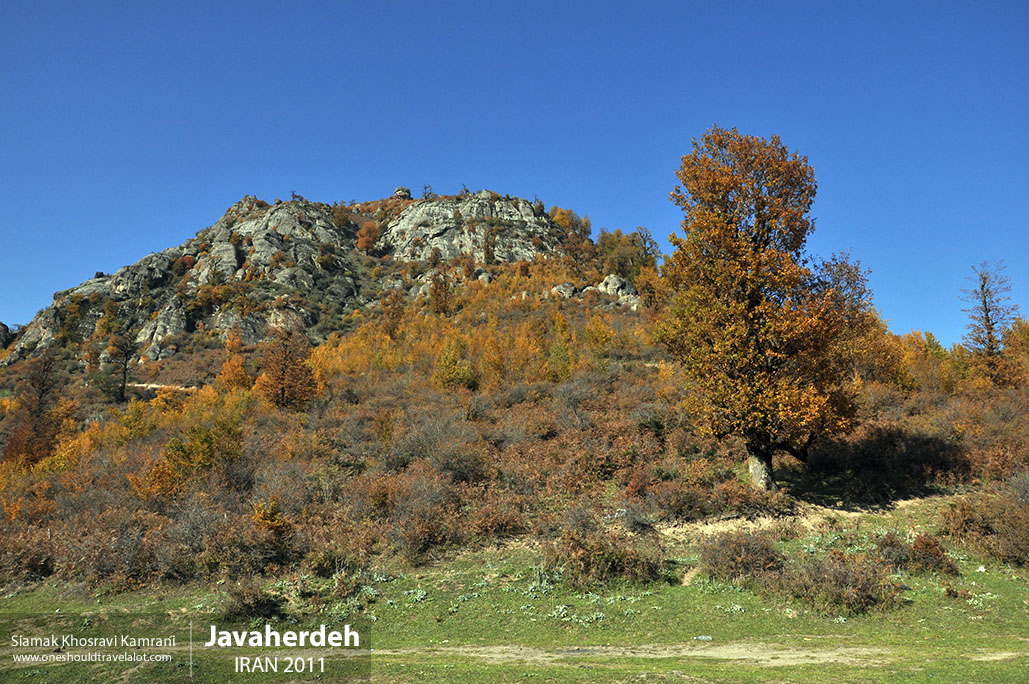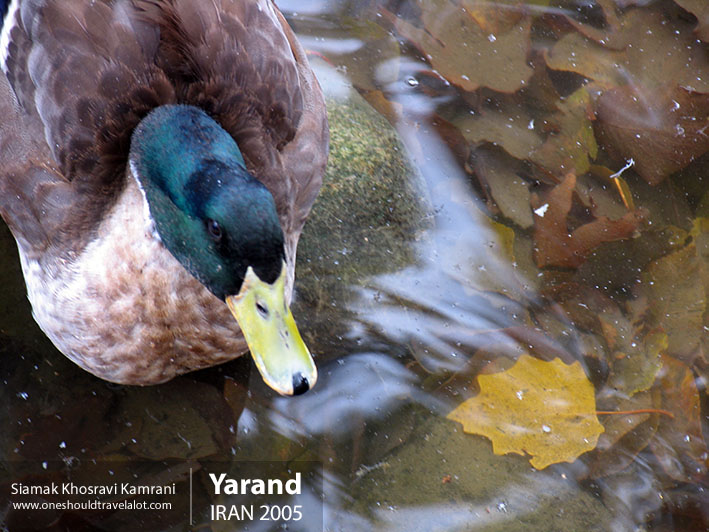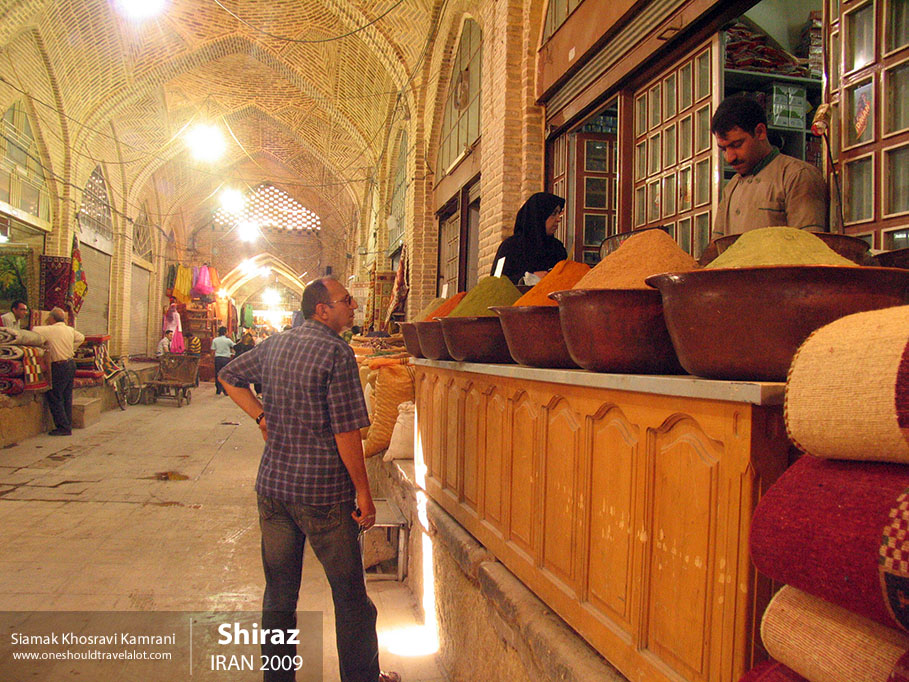Exploring the Heart of Persia: A Photographer’s Journey Through Kerman
As a passionate photographer with a thirst for cultural immersion, my journey has taken me across numerous cities, each with its own unique charm and story. Today, I find myself in the heart of Persia, in a city that is a treasure trove of history and culture—Kerman. Located in southeastern Iran, Kerman is a city that beautifully blends the ancient with the contemporary, offering a rich tapestry of experiences waiting to be captured through my lens.
The First Glimpse: Kerman’s Atmosphere
Stepping off the bus and into Kerman, the first thing that struck me was the juxtaposition of the city’s vibrant, bustling markets against the backdrop of majestic mountains and arid deserts. The air is crisp and dry, carrying with it a sense of timelessness. This is a city where the past whispers through the streets, yet life goes on with a modern vigor. The standard of living appears comfortable, with locals dressed in a mix of traditional Persian attire and contemporary fashion, going about their day with a sense of purpose and pride.
Kerman’s Cultural Mosaic
One of the most striking aspects of Kerman is its rich cultural diversity. The city is a melting pot of ethnicities and languages, with Persian being the predominant language spoken. The people of Kerman are known for their hospitality and warmth, traits that I experienced firsthand upon my arrival. As I wandered through the city, my camera in hand, I was greeted with friendly smiles and curious glances. The locals here take pride in their heritage, and it shows in the way they preserve their customs and traditions.
The Zoroastrian Heritage
A significant part of Kerman’s cultural identity is its Zoroastrian heritage. The city is home to one of the oldest monotheistic religions in the world, and this ancient belief system is still practiced by a small but dedicated community. Visiting the Fire Temple, or Atashkadeh, was a profound experience. The sacred fire, said to have been burning for over 1500 years, symbolizes purity and the eternal flame of faith. Capturing this on camera was a challenge, as the true essence of such a deeply spiritual place goes beyond mere visuals.
The Vibrant Bazaars
No trip to Kerman would be complete without exploring its bustling bazaars. The Grand Bazaar of Kerman, also known as Bazaar-e Sartasari, is a labyrinth of narrow alleys lined with shops selling everything from spices and textiles to intricate handicrafts and carpets. The scent of saffron and cardamom fills the air, mingling with the vibrant colors of Persian rugs and copperware. The bazaar is a photographer’s paradise, offering endless opportunities to capture the essence of Persian trade and craftsmanship.
Historical Treasures: Glimpses of the Past
Kerman is a city steeped in history, and its architectural marvels are a testament to its glorious past. As I explored the city, I couldn’t help but be awed by the grandeur of its historical sites.
The Ganjali Khan Complex
The Ganjali Khan Complex is a masterpiece of Safavid architecture, dating back to the 17th century. This complex includes a bathhouse, mosque, caravanserai, and a bazaar, all arranged around a central square. The bathhouse, in particular, is a sight to behold. Adorned with exquisite tilework and frescoes, it offers a glimpse into the opulence of the Safavid era. Photographing the intricate details of the Ganjali Khan Bathhouse was a highlight of my trip, as each frame seemed to tell a story of its own.
The Bam Citadel
A short drive from Kerman lies the ancient city of Bam, home to the largest adobe building in the world—the Bam Citadel. Although partially destroyed by an earthquake in 2003, the citadel remains a symbol of resilience and architectural brilliance. Walking through its ruins, I could almost hear the echoes of the past, the voices of those who once called this fortress home. The citadel’s vast expanse and towering walls provided a dramatic backdrop for my photographs, capturing the essence of a bygone era.
Natural Wonders: Kerman’s Landscapes
Kerman is not only a city of historical and cultural significance but also a gateway to some of Iran’s most breathtaking natural landscapes.
The Lut Desert
One of the most awe-inspiring sights near Kerman is the Lut Desert, known for its extreme temperatures and stunning landscapes. The desert’s vast expanse is dotted with unique geological formations called Kaluts, sculpted by the wind over millennia. As I ventured into the desert, I was struck by its otherworldly beauty. The play of light and shadow across the sand dunes created a mesmerizing effect, perfect for capturing on camera. The Lut Desert is a testament to nature’s raw power and beauty, offering a stark contrast to the bustling city life.
The Shazdeh Garden
In stark contrast to the arid desert, the Shazdeh Garden is a lush oasis of greenery. This Persian garden, located in the town of Mahan near Kerman, is a UNESCO World Heritage site and a stunning example of traditional Persian garden design. The garden’s terraced layout, with its cascading fountains and rows of towering trees, provides a tranquil retreat from the heat of the desert. The symmetrical beauty of the Shazdeh Garden is a delight to photograph, with each element perfectly aligned to create a harmonious whole.
Immersing in Local Traditions
One of the joys of traveling is immersing oneself in the local traditions and customs, and Kerman offers plenty of opportunities for such experiences.
Traditional Persian Cuisine
Kerman’s culinary scene is a reflection of its rich cultural heritage. Traditional Persian dishes, such as kebabs, stews, and rice dishes, are a staple here. One of my most memorable meals was at a local eatery where I savored a dish called “Zereshk Polo,” a fragrant rice dish cooked with barberries and saffron, served with succulent chicken. The flavors were a perfect blend of sweet and savory, a true testament to Persian culinary artistry. Sharing a meal with locals was a heartwarming experience, as food in Kerman is not just sustenance but a way of bringing people together.
Traditional Music and Dance
Music and dance are integral parts of Kerman’s cultural fabric. I had the privilege of attending a traditional Persian music performance, where musicians played instruments like the tar, setar, and daf, creating melodies that resonated with the soul. The rhythmic beats of the daf, a type of frame drum, were particularly captivating, setting the stage for traditional dance performances. The dancers, adorned in colorful costumes, moved gracefully to the music, their movements telling stories of love, heroism, and mysticism. Capturing these moments through my lens was a challenge, but also a joy, as each photograph seemed to come alive with the energy and emotion of the performance.
Key Takeaways from My Journey
- Cultural Diversity: Kerman’s rich cultural mosaic, influenced by its Zoroastrian heritage and vibrant bazaars.
- Historical Marvels: The grandeur of the Ganjali Khan Complex and the resilience of the Bam Citadel.
- Natural Beauty: The stark contrasts of the Lut Desert and the lush tranquility of the Shazdeh Garden.
- Local Traditions: Immersing in traditional Persian cuisine, music, and dance.
Kerman is a city that invites you to explore, discover, and immerse yourself in its timeless beauty. Whether you are a traveler, a historian, or a photographer, Kerman offers a journey that is both enriching and unforgettable.



